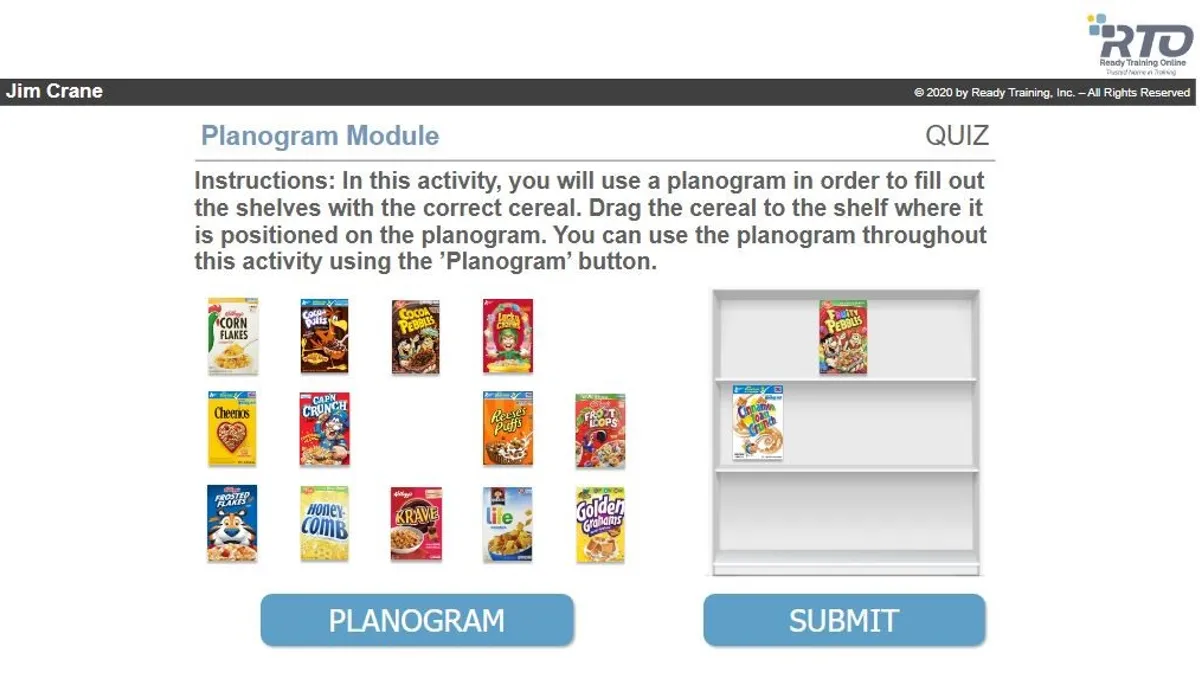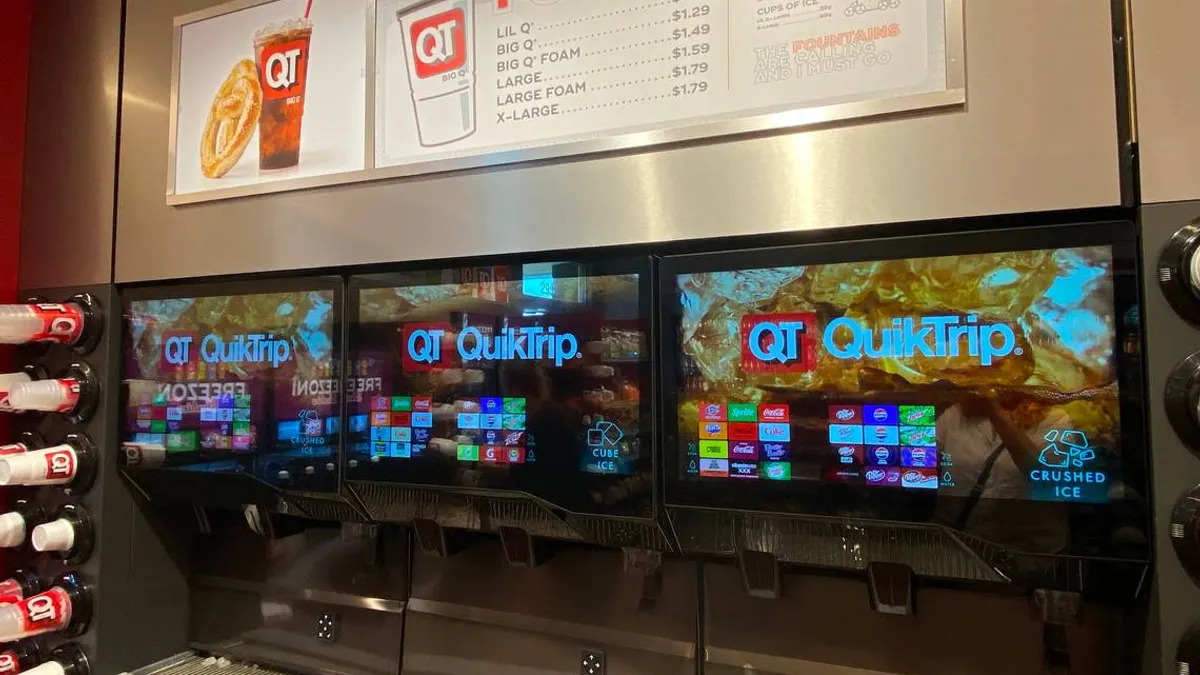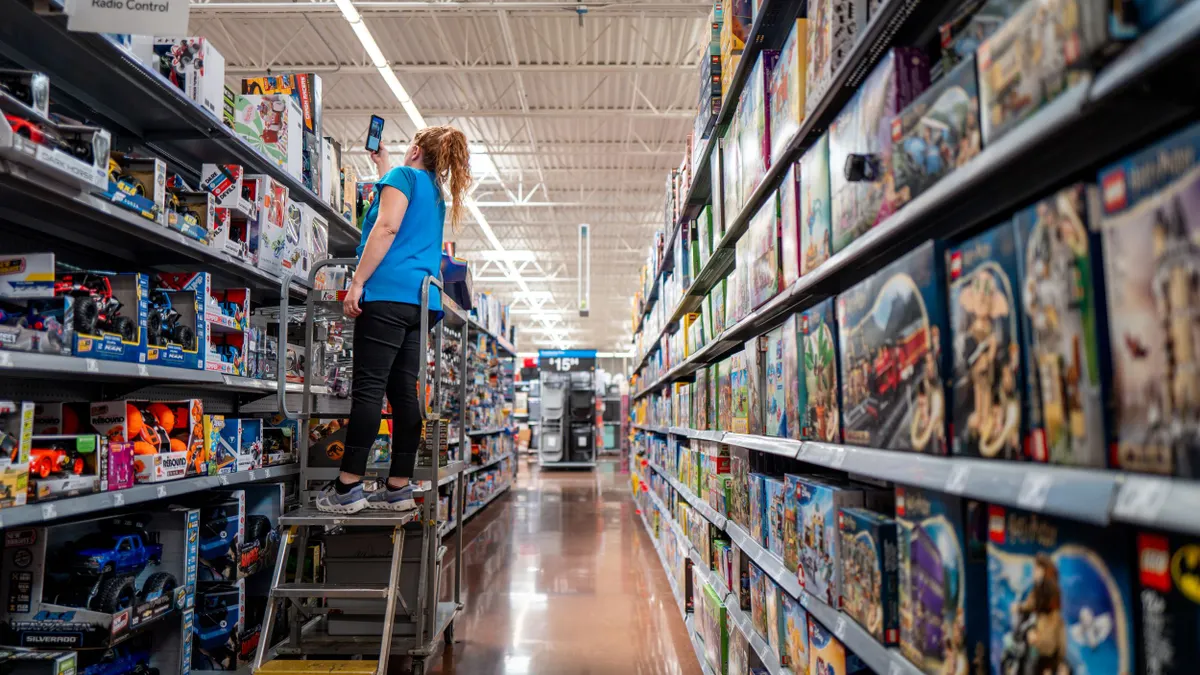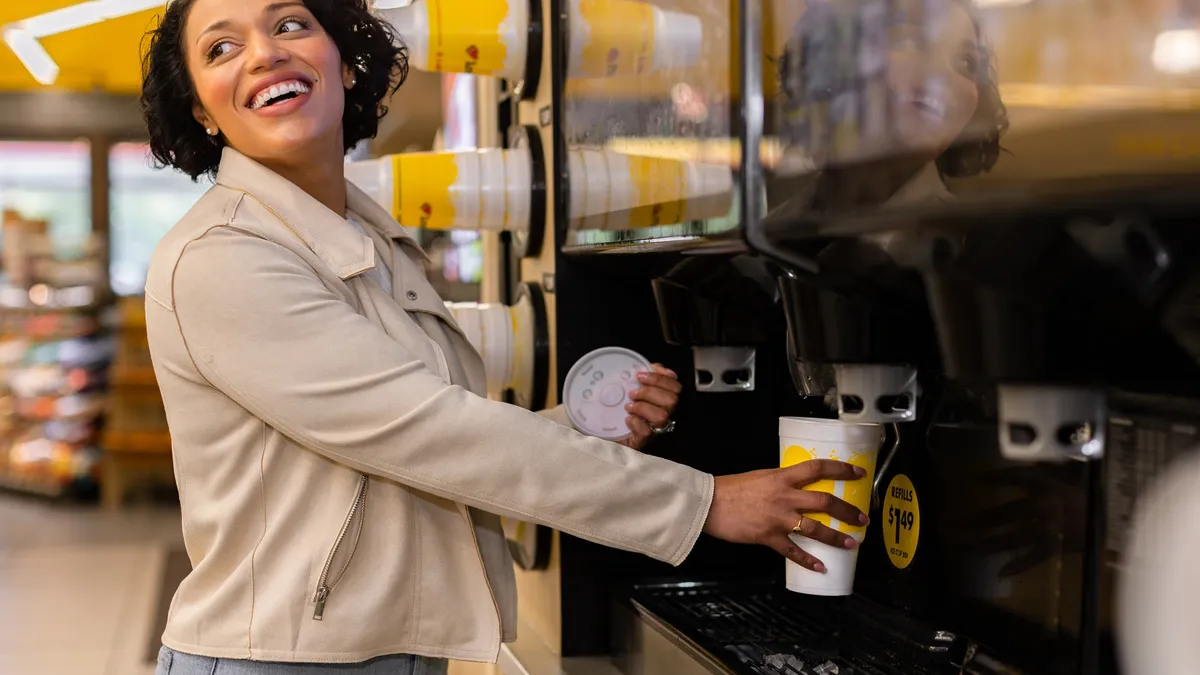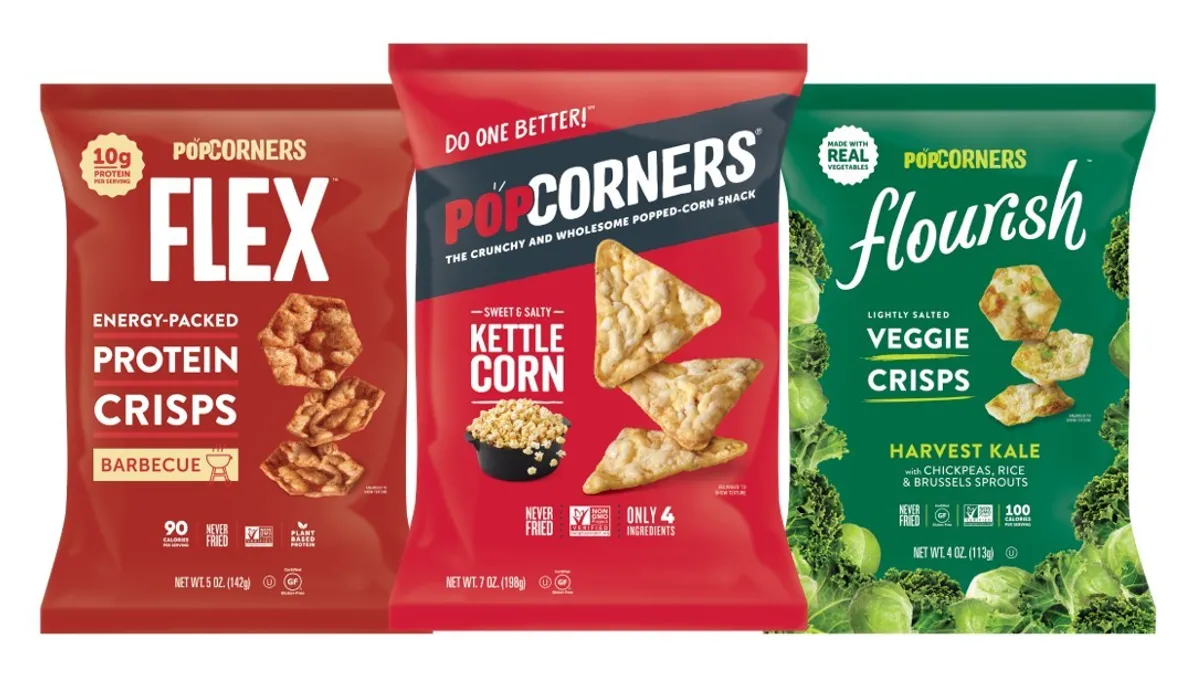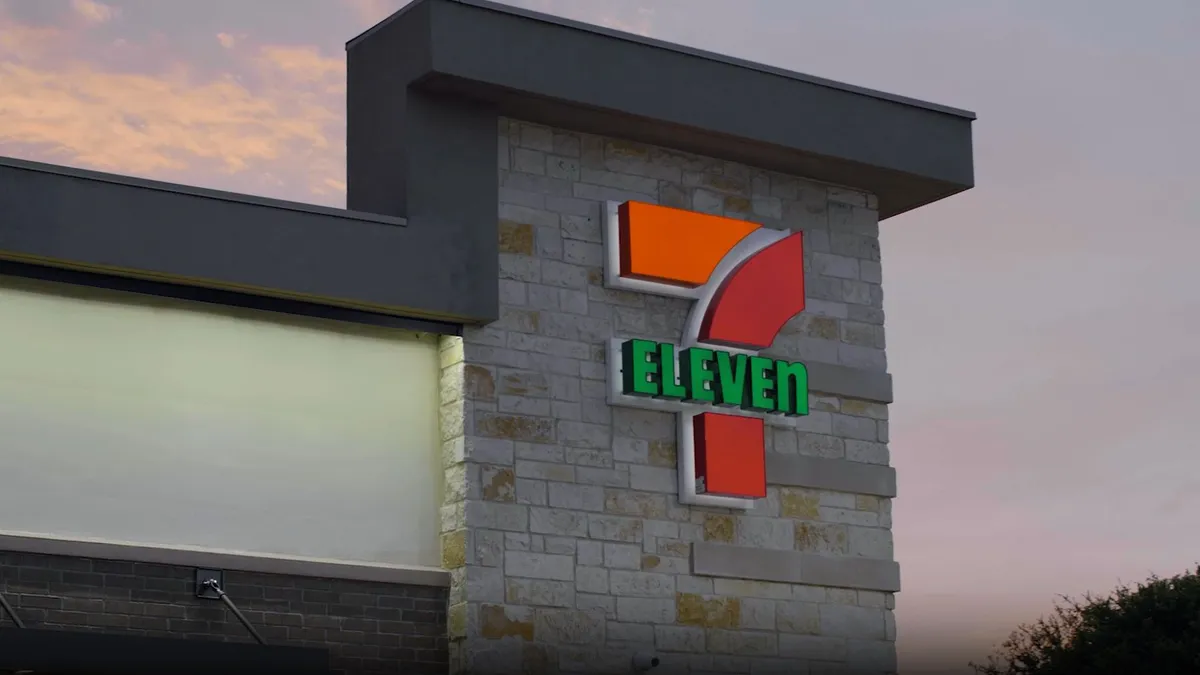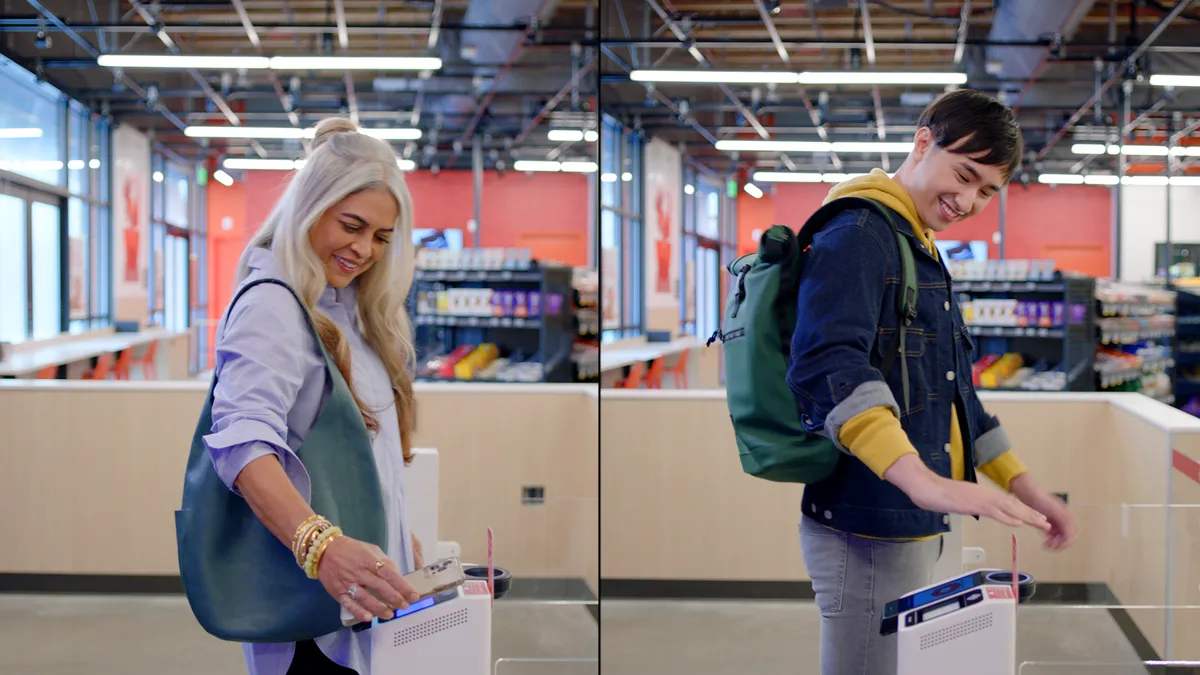Employees are in high demand these days, with few potential applicants on the market. C-stores have it especially tough, as industry turnover hit 141% on average in 2022, according to NACS. At the same time, recruiting, hiring and training are a huge expense, which retailers need to minimize.
Keeping turnover low can help keep those costs down, but what makes employees stay in their jobs? Feeling valued, believing they can get promoted and having the chance to acquire valuable skills can all help keep staff happy at work, experts say.
Much of it comes down to job training, which is evolving rapidly. For example, more retailers are teaching employees via videos and games.
Training and career progression company Ready Training Online (RTO), which has worked with convenience retailers Rutter’s, Common Cents and Country Fair, offers videos that can teach employees everything from how to properly sweep a floor to merchandising best practices.
In addition to teaching employees what they can do in their role, "we're showing them there's a career in whatever organization they work for," said Jeff Kahler, president and CEO of RTO. "It really changes their attitude."
Younger generations learn better this way, he said. Over time, the videos have become shorter, mirroring attention spans. Ten years ago, RTO's average module was about 13 minutes; now it's closer to seven.
"Micro learning is where it's headed," Kahler said. "They want short bursts."
Videos can be used to train new hires or refresh or expand the skills of existing employees. But they don't work by themselves. After employees watch a video, a specialist or manager ensures they understand how to do something and why.
"It allows the user to get some real life examples of what they've learned," Kahler said.
The average convenience store working with RTO provides 50 training modules to a new hire over their first 90 days. These modules can be grouped together to focus on topics such as taking care of the store interior, or how to stock shelves. The most popular series is on safety, followed by customer service, Kahler said.
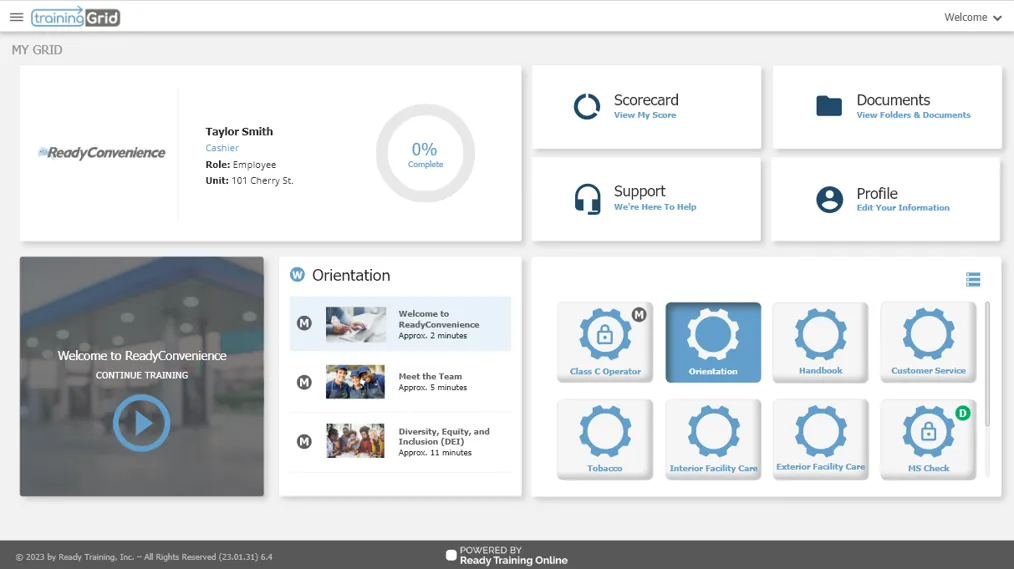
The power of micro training
The beauty of video training is "it's bite-sized training pieces that people can consume on the go," said Emily Lane, head of content, San Francisco-based Zipline, which has done training videos for 7-Eleven and QuikTrip.
Zipline’s training videos for retailers can be as long as a few minutes or as short as an animated gif. This flexibility helps employees watch them when they have a few minutes to spare in their day. This allows employees to immediately put what they learn into practice, she said, and is also more efficient because managers don't need to pull employees into a back room or separate facility for training.
The most popular training videos Zipline offers in the c-store space center around compliance in categories like alcohol and tobacco, according to Lane.
Another benefit of providing training online is that managers can see whether an employee has completed a module, versus simply taking their word that they've read an employee manual.
Since convenience stores work with Zipline to create videos, this has the advantage of reinforcing branding as well.
"Every training is a chance to underscore what makes your brand unique and to convince that employee to stay," said Lane.
Gamification of teaching
Learning via games is becoming a bigger part of training across the retail world.
"Immersive content is on the uptick," said Kahler. Currently 20% of RTO's content has been converted to include interactive elements or gamification, and the company plans to offer virtual reality content by 2025.
Gamification, Kahler said, "allows the user to be part of the learning, and that keeps them engaged." This helps a person retain the information better, he said. "Everyone likes friendly competition, along with an award or trophy."
Games are at the center of everything coaching and development platform 1Huddle does. Its games’ topics range from teaching customer service skills to diversity, equity and inclusion training and professional development.
Humans "have always learned by play," said Sam Caucci, founder and CEO of the New York City-based business. Teaching that way makes the process of acquiring knowledge more engaging, more enjoyable and easier to retain, he said, adding, "the learning is a little stickier."
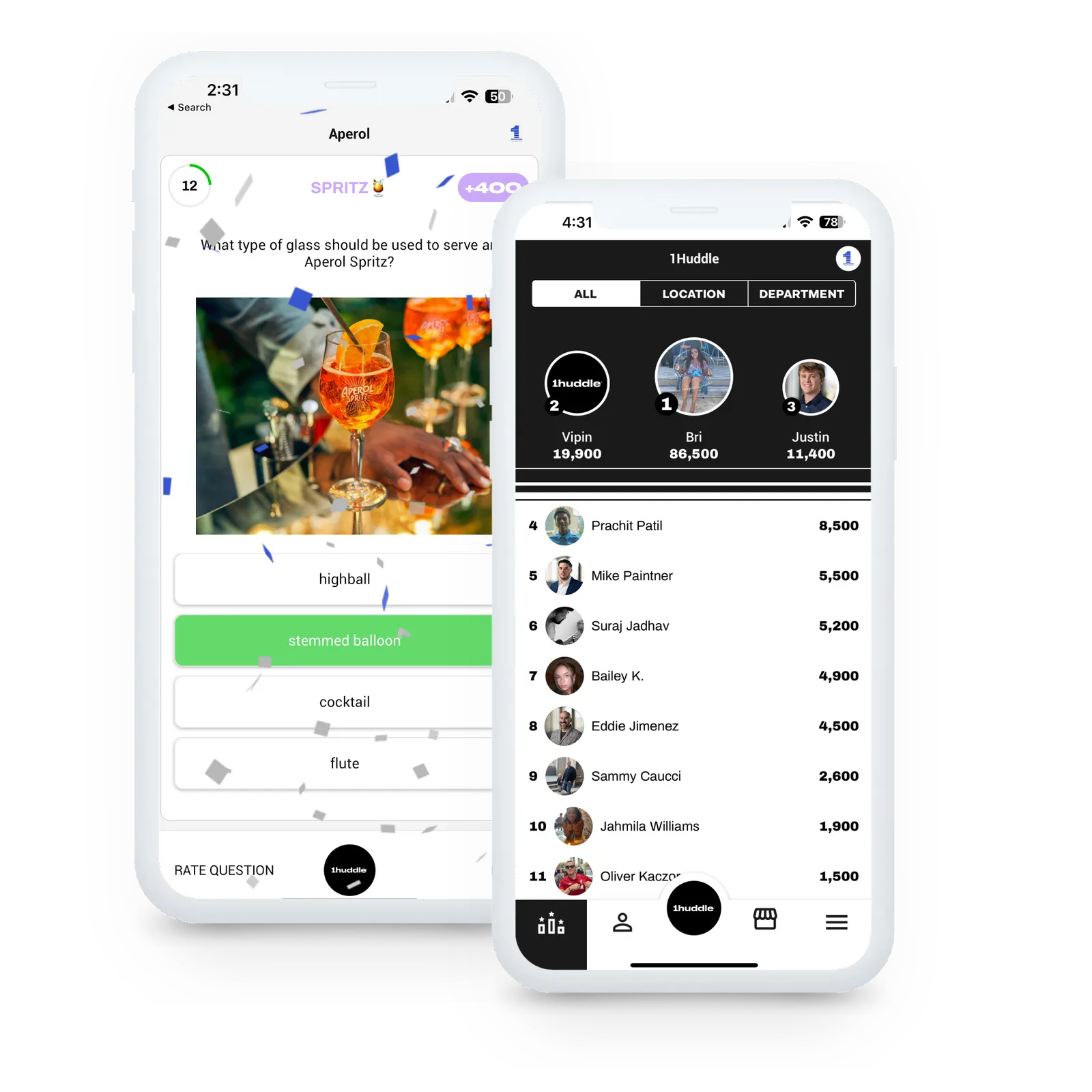
And making mistakes is a big part of that learning, he pointed out.
"Often, employees are learning by failure, but overcoming that failure is more fun,” said Caucci. “If you get 20% of answers in a quiz wrong, you don't feel good about yourself. But if you fail in a game, a well-designed game would result in you coming back for more.”
Conversely, he pointed out, training products like manuals, PowerPoint and videos "are too passive for learning to be sticky.”
Games also make learning more accessible. According to the Economic Policy Institute, almost two-thirds of the workforce does not have a college degree, and "the last thing an hourly worker wants is to be put in a classroom and feel they're being taught at," said Caucci.
And because everything is online, convenience store executives can see trends in where employees are having trouble, and focus on reinforcing those subjects. If employees watch a certain video more frequently, or many of them fail a particular quiz, "you can funnel resources towards that," he explained.
Employees also want choice. "Workers want to be able to make decisions in how they engage with specific games," Caucci said.
1Huddle lets c-stores either build their own game, to personalize the company's games or to have the company create games for them. While it hasn’t worked with any c-store customers yet, its client list includes restaurants like Smart Mouth Foods and Dog Haus, retailers like Fossil Group and Tapestry, and both professional sports and governmental groups.
In general, games can create healthy competition among employees via leaderboards. This "drives engagement because players are playing not just to learn and check the box, but they're logging in to beat their colleagues," Caucci explained.
Rewards are another essential tool in convenience stores' training arsenal. Caucci has found cash rewards are not the biggest driver when it comes to rewards. Instead social rewards like being taken out to lunch by the CEO or a social media shoutouts are more valued.
While games can be used for onboarding or ongoing training, the continuing education aspect of game training is becoming more popular, said Caucci. Companies that don't invest in training can expect to see higher turnover, which means more expenditure in recruitment, interviewing and onboarding. As he pointed out, “it's better to be a talent development engine because the cost to turnover and re-hire is real.”


